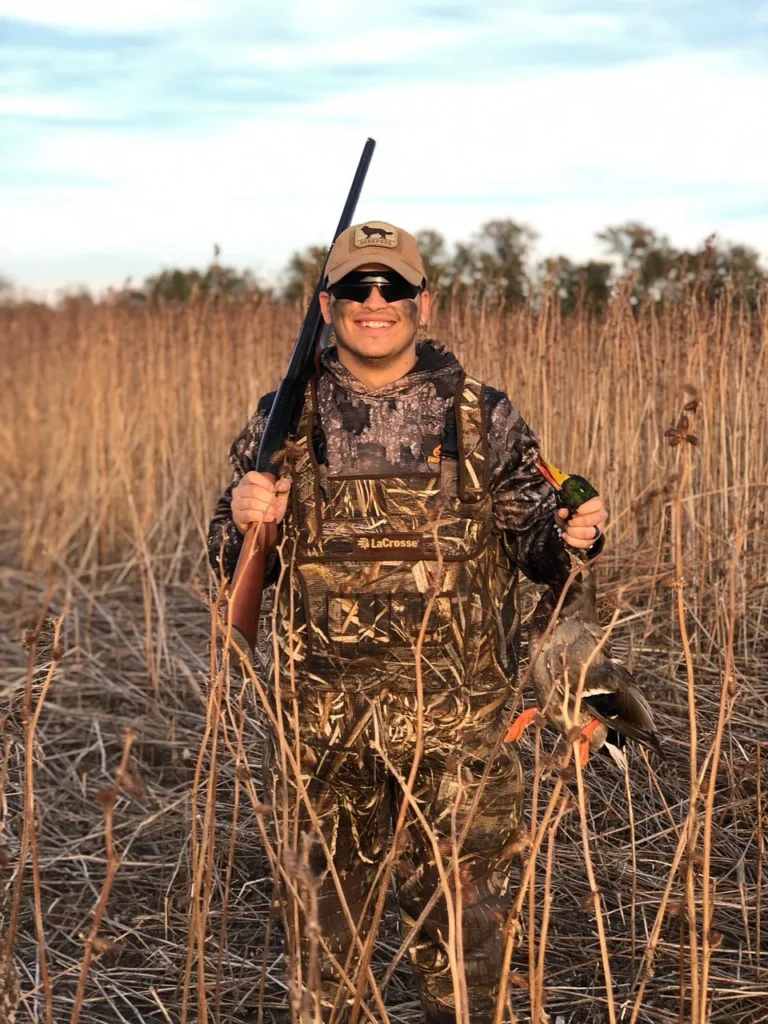Essential Hunting Safety Tips: Stay Safe and Enjoy the Outdoors
Hunting is an exhilarating outdoor activity that connects us to nature, tests our skills, and provides valuable food resources. However, it also involves risks that require hunters to prioritize safety at all times. Whether you’re a seasoned hunter or a beginner gearing up for your first season, understanding and practicing proper hunting safety is crucial to ensure a fun and accident-free experience.
In this article, we’ll cover key hunting safety tips, from preparation and equipment to field conduct and emergency readiness, helping you stay safe and confident in the wild.
1. Know and Follow Local Hunting Laws and Regulations

Before you even step foot in the field, make sure you understand the hunting laws and regulations for the area and species you’re targeting. These rules often include:
- Hunting seasons and permitted hours
- Required licenses and permits
- Legal hunting methods and equipment
- Bag limits and species restrictions
- Property boundaries and access permissions
Following regulations isn’t just about legal compliance—it promotes ethical hunting and wildlife conservation.
2. Wear Blaze Orange for Visibility
One of the most important safety measures is wearing highly visible clothing. Blaze orange (also called hunter orange) is the standard color hunters wear to be seen clearly by other hunters. Even if you’re hunting in dense forest or low-light conditions, blaze orange makes you stand out and reduces the risk of accidental shootings.
Be sure to wear a blaze orange hat, vest, or jacket, and check if your local laws require it.
3. Treat Every Firearm as Loaded
Firearm safety is the cornerstone of hunting safety. Always treat your gun as if it’s loaded, even if you believe it’s not. Key firearm safety rules include:
- Keep the muzzle pointed in a safe direction
- Keep your finger off the trigger until ready to shoot
- Identify your target and what’s beyond it before firing
- Never point a gun at anything you do not intend to shoot
- Use the safety mechanism, but don’t rely solely on it
Practice safe handling both in the field and while transporting your weapon.
4. Identify Your Target and Beyond
Before pulling the trigger, positively identify your target. Know exactly what you’re shooting at to avoid mistakes like shooting protected species or other hunters. Also, consider what lies beyond your target—bullets can travel long distances and may hit unintended objects or people.
If you’re unsure, don’t shoot.
5. Use Proper Tree Stand Safety
If you’re using a tree stand, fall prevention is vital. Falls from tree stands are a leading cause of hunting injuries. Follow these tips:
- Always wear a full-body harness
- Inspect the tree stand and straps before climbing
- Maintain three points of contact while climbing
- Use a haul line to raise and lower your weapon
- Never stand on the platform edge or lean out too far
Practice safe climbing habits and never rush.
6. Communicate Your Hunting Plans
Tell someone where you’ll be hunting, how long you plan to stay, and when you expect to return. This information can be life-saving if you get lost or injured. Consider:
- Leaving a detailed hunting plan with a family member or friend
- Carrying a fully charged mobile phone or a satellite communication device
- Using GPS tracking apps or devices
Check in regularly if possible.
7. Carry Essential Survival and First Aid Gear
Always be prepared for emergencies. Pack a small survival kit that includes:
- First aid supplies (bandages, antiseptic, pain relievers)
- Fire-starting tools (matches, lighter, firestarter)
- Water and portable purification tablets
- Compass or GPS device
- Emergency whistle and signaling mirror
- Knife or multi-tool
- Extra clothing for weather changes
Being prepared can make the difference between a minor mishap and a serious emergency.
8. Hunt With a Buddy When Possible
Hunting with a partner increases safety. You can assist each other in emergencies, share navigation duties, and keep watch for hazards. If you must hunt alone, be even more diligent with safety planning and communication.
9. Practice Safe Handling of Hunting Dogs
If you hunt with dogs, ensure they are trained and under control. Avoid startling them, and be mindful of their whereabouts when shooting. Carry a first aid kit for dogs and know how to treat common injuries.
10. Stay Sober and Alert
Avoid alcohol and drugs before and during hunting. These substances impair judgment, coordination, and reaction times, increasing the risk of accidents. Stay focused, alert, and fully aware of your surroundings.
11. Respect Wildlife and Other Hunters
Ethical hunting includes respecting other hunters and wildlife. Keep noise levels reasonable, avoid interfering with other hunting parties, and follow all fair chase principles. Safety and courtesy go hand in hand.
Conclusion
Hunting is an incredible way to connect with nature and uphold traditions, but it requires respect and careful attention to safety. By following these essential hunting safety tips, you’ll protect yourself and others, enjoy your time outdoors, and contribute to a responsible hunting community.
Stay prepared, stay vigilant, and have a safe hunting season!